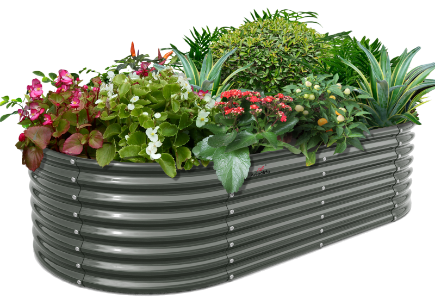Exploring the Aesthetic Impact of Hard-Edged Landscape Features in Modern Architecture
Body
In the realm of modern architecture, hard-edged landscape features have emerged as a significant design element. These features, characterized by their geometric shapes and defined lines, play a crucial role in shaping the visual and functional aspects of outdoor spaces. This article delves into the aesthetic impact of these features, exploring their integration into contemporary landscapes.

Understanding Hard-Edged Landscape Features
Hard-edged landscape features encompass a variety of materials and designs, including concrete walls, stone pathways, and metal sculptures. These elements contrast sharply with softer, organic forms found in nature, creating a striking visual balance. But why are these features gaining popularity in modern design?
- They provide structure and organization to outdoor spaces.
- They enhance the visual appeal of gardens and public areas.
- They can serve functional purposes, such as seating or barriers.
The Aesthetic Appeal of Hard-Edged Features
The aesthetic appeal of hard-edged landscape features lies in their ability to create a sense of order and clarity. These features often serve as focal points, drawing the eye and guiding movement through a space. For instance, a well-placed concrete bench can invite visitors to pause and appreciate their surroundings. Additionally, the use of contrasting materials can highlight the beauty of both hard and soft elements in a landscape.
Moreover, the clean lines and geometric shapes of hard-edged features can evoke a sense of modernity and sophistication. This is particularly evident in urban environments, where such elements can soften the harshness of concrete jungles while maintaining a contemporary aesthetic.
Integrating Hard-Edged Features into Landscape Design
When considering the integration of hard-edged landscape features into your design, it is essential to think about the overall harmony of the space. Here are some key considerations:
- Material Selection: Choose materials that complement the surrounding environment.
- Scale and Proportion: Ensure that the size of the features is appropriate for the space.
- Functionality: Consider how these features will be used and their impact on movement within the landscape.
The Future of Hard-Edged Landscape Features
As we look to the future, the role of hard-edged landscape features in architecture and design is likely to evolve. With a growing emphasis on sustainability, designers may explore innovative materials that blend the hard-edged aesthetic with eco-friendly practices. This could lead to the creation of features that not only enhance visual appeal but also contribute positively to the environment.
In conclusion, hard-edged landscape features are more than mere design elements; they are integral to the aesthetic and functional aspects of modern architecture. By understanding their impact and thoughtfully integrating them into landscapes, we can create spaces that are both beautiful and purposeful.









Comments